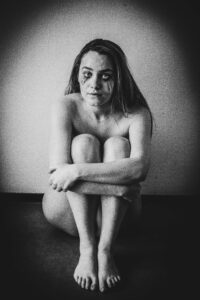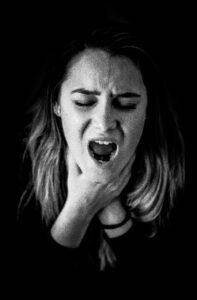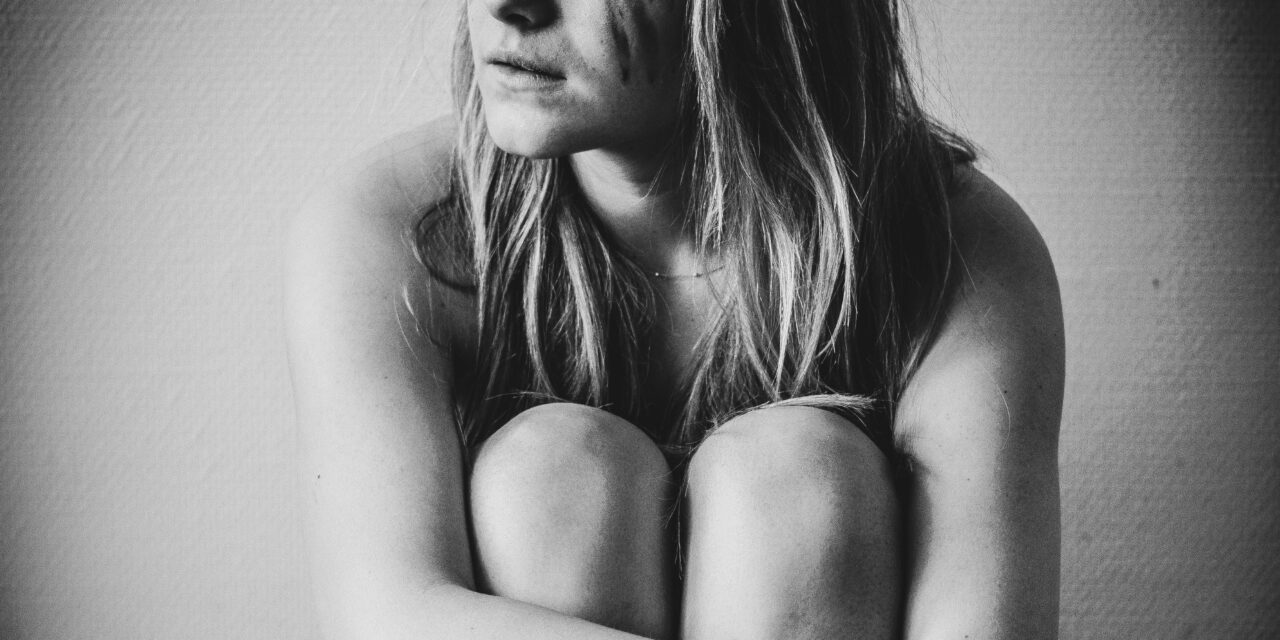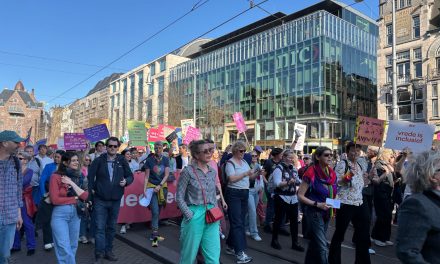Anxiety is understood as a mental state characterized by a great restlessness, excitement and/or anguish that produces a strong insecurity. On the other hand, depression is characterized by the presence of a deep sadness with lost of interest. Being the most common disorders presented in consultations, both individually and associated with other neuroses, it is important to know how the COVID-19 pandemic has affected these people. To get more information, I interviewed Dr. Susana San Pedro Gimeno, Psychotherapist and Health Director of Clinicas Suisse: “To your question as to whether the existence of the pandemic has affected lifestyle, my answer is yes: it has affected all people in general, but this type of patients are, without any doubt, affected to an even greater extent.”
Covid has generated many fears and uncertainties in society (fear of the future, fear of being infected, fear of their economy…etc.) In people with a stable emotional state, these fears only produce an increase in alertness and nervousness, but they have a good level of adaptation. However, as the expert psychologist explained: “patients with high levels of anxiety and / or suffering from depression, tend to make a cognitive assessment (interpretation of the information they receive) in a negative, irrational and unrealistic way, which makes these fears become pathological and paralyze them”. This has caused a change in their lifestyle, becoming more passive, with much less activity. This means that these patients have moved to living their lives only indoors due to the fear and insecurity they feel outdoors, which in turn worsens their symptoms. “This has been reflected in my practice because since the pandemic began, the demand for appointments has increased (specially from young people) and there has been a greater number of relapses. Also there has been a reduction in face-to-face consultations and an increase of 15-20% in online consultations, which makes this inactivity evident.”
Another aspect that is influencing this type of patients in relation with their lifestyle is the increase in the number of hours they dedicate to cleaning their homes. There has been an increase in obsessive cleaning behaviors, which makes them change their leisure/work activities to repeatedly cleaning their homes. As I found this data surprising, I asked Dr. Susana to give me an example and she agreed, as long as the patient’s identity was kept anonymous: “An example of a patient I have had in my therapy was R.B., of 42 years old, who has given up all activity because of her obsession to have the whole house clean and disinfected from the virus, which has caused burns on her hands from using bleach as a disinfectant product”.
Lastly, the affects on these patients has also been reflected in their lifestyle: despite their inactivity outside the home, they have become obsessed with getting diagnostic tests to confirm that they are healthy. “For example one patient of 29-year-old, M.V., confessed in therapy that in 15 days he had done 4 PCRs and 2 blood tests, which shows that at that time all his objectives and goals in life were focused on obtaining results confirming that he had not been infected with the virus.”
Since it is a latent problem in today’s society and as I became aware of the magnitude of the problem after the interview, I wanted to represent through two artistic photographs how these people feel about such a situation. In a metaphorical way, the following photographs shows how these emotional states make a person to see the world in black and white, specially in this difficult times.
–

Depression: Representation of how a person who suffers from depression feels naked, alone and isolated from the real world

Anxiety: Represented as something that suffocates you, binds you and distresses you inside.




